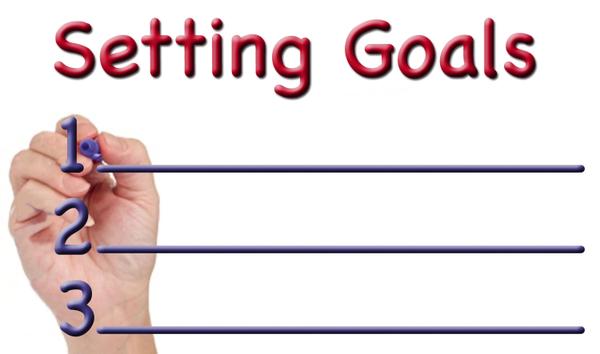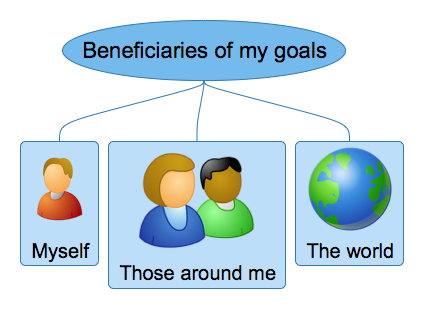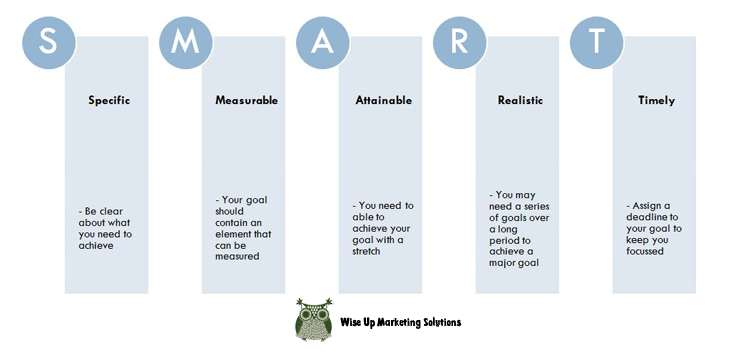Speech Buddies Parents’ Corner – Motivation Charts and Goal Setting
Do gold star stickers for good deeds really work? Many families find that motivation charts for everything from homework to daily chores can help reduce the nagging and help kids stay on task. A motivation chart can be an effective tool for teaching your child how to set and reach goals. But if you’re going to use a motivation chart, here are a few golden rules that will help make sure your motivation chart doesn’t turn into a bribery and begging chart.
Helping Kids Set and Reach Goals with Motivation Charts
One of the most important components of goal setting is creating intrinsic value – this means that your kids want to do these things because they recognize the value of the task. Motivation charts can help kids to recognize value and track their successes toward their goals. If you’re having a hard time getting your child to see this intrinsic value, switch roles a bit and have your child help create the motivation chart. Include three to five goals of different types that can be somehow measured for success each day.
- A goal that has personal value – such as riding her bike or practicing his basketball shots for 30 minutes each day
- A goal that benefits the family in some way – such as unloading the dishwasher every day after school
- A goal with you as the parent – such as to work on 60 minutes of homework each day before any screen time
- A goal that focuses on behavior change – such as practicing the piano without whining or complaining
- A goal that is a smaller part of a larger goal – such as spending 15 minutes each day on speech therapy homework that supports the monthly speech therapy appointments
You can then work together to determine how progress towards each of these goals can be measured daily and what the consequences will be for not reaching those goals. The emphasis should be on the process of contributing to the goals and not on other rewards, but if you want to you can include a small token reward for a week or month of completed daily goals.
By getting your child in on the process of creating the motivation chart you are helping to teach about the process of goal setting and reaching through intrinsic value, on both personal levels and as a member of the family. You are also going to reduce any amount of resentment your child might feel for having to track accountability.
Benefits of Using Motivation Charts for Goal Setting
Encouraging your kids to be involved in the process of creating the motivation charts helps to teach them about so many aspects of goal setting and reaching.
- measuring success while working towards goals
- developing accountability they can see
- contributing to the greater good of the family
- learning about consequences
- improving skills that are intrinsically important – they matter on a personal level to your child
The Dangers of Motivation Charts for Goal Setting
There are a few dangerous turns that motivation charts can take if you aren’t careful about how they are created or used.
Ginormous Rewards – If you use rewards they should somehow relate to the goal and not be something that rivals birthday gifts in expense or amount. Perhaps for unloading the dishwasher for two or four weeks you can let your child select a meal or the restaurant your family will dine at for your monthly outing. You don’t even have to tell your child what the reward will be, but instead surprise them when they reach a goal.
Forgetting the Charts – The fastest way to sabotage your motivation chart is to hang it on the wall and forget about it. It takes time to develop habits and your child will need your guidance and gentle encouragement. Place the chart where you both will see it and ask simple questions such as, “Have you put a sticker on your chart yet today?”
Complicated Goals – The motivation charts should simplify your life, not add angst. If you have too many goals and expectations it can be overwhelming for your child. Some kids who face extra struggles with time management benefit from two charts – one for schoolwork and one for household responsibilities.
When you help your child learn how to set and reach goals through motivation charts, you are giving him or her skills that will be valuable for the future. Also consider what is motivating you to create the charts (Are you feeling overwhelmed with schedules? Frustrated with lack of contributions from the family?). Your chart can be intricate and detailed or simple, free, and printable – just remember to keep your attitude fun and positive, the rewards to a minimum, and the intrinsic value high.






